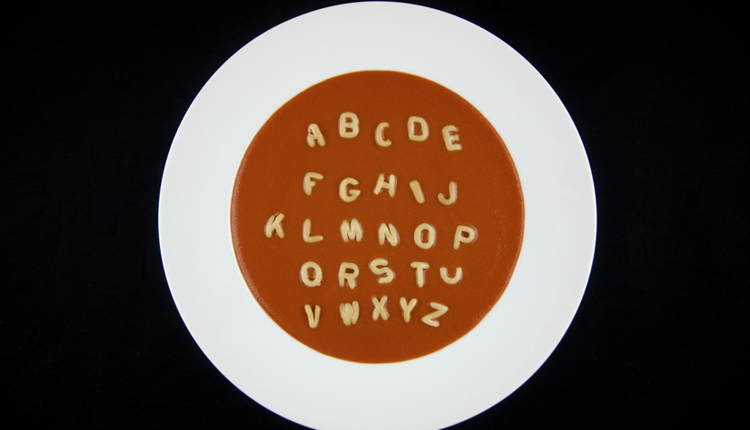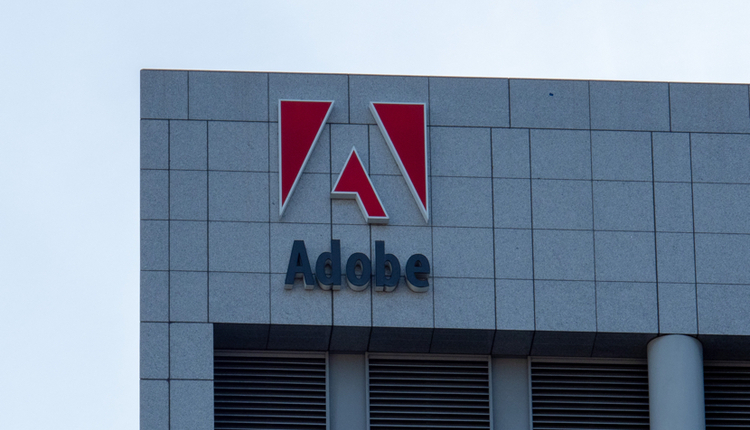
Image by: lzf, ©2016 Getty Images
Every day, people look at their smartphones more than 150 times on average. We are using smartphones to work; to shop; to take pictures and videos; to interact with our colleagues, friends and family; to play; to search; to share; etc. Internet access has become the primary mobile phone usage, outpacing voice.
Putting this into perspective, enterprises have long understood the threat and the opportunity smartphone usage represents for communicating with their customers. IBM states that when mobile applications disappoint users, 65% of them will not buy another product [from that company]. A recent Forrester survey confirms that mobile engagement has become the consumer battleground, prompting most large organizations’ C-level executives to prioritize mobile-centric investment.
High customer expectations are forcing a new way to look at legacy customer communications management (CCM) and output management. Enterprises have spent millions of dollars in designing, producing and sending paper documents and emails, such as statements, bills, invoices, notification letters, 401K statements, etc. Entire teams are dedicated to these tasks to manage hundreds of templates. Regulation, marketing and line of business stakeholders are relentlessly requesting changes. Today, when customers are interacting with enterprises, they expect a convenient and consistent experience across all devices. Their expectations are set by Amazon, Netflix, Airbnb, Facebook, Google and Apple. All of these companies have mastered customer experience and engagement on the web and mobile devices. They all have state-of-the-art mobile applications that have become competitive offerings, differentiating them from their competitors.
However, native mobile applications are adding to an already complex mix of customer communication channels that include SMS, emails, mobile websites, desktop websites and print channels. Multi-channel CCM is expensive to maintain. It requires coordination among different teams (mobile applications, web and print), which slows down the process and may generate issues around messaging and branding. GMC estimates the cost of such operations for a medium-sized enterprise with a customer base of five million is greater than $1.5 million and may increase significantly depending on how many communications are still paper-based. A typical organization includes 250 templates and 500 updates every year on average.
CCM capabilities support between 60% and 80% of the native mobile applications content.
Analysis of 10 native applications from top worldwide enterprises, such as RBC, BMO, Société Générale, PingAn Bank and BBVA, found that CCM capabilities support between 60% to 80% of the native mobile applications content. This can be achieved by transforming statements, correspondence and forms into responsive and dynamic (HTML5) content. This HTML5 content can then be easily integrated into native mobile applications (also called hybrid applications) to display:
- Statements
- Account balances
- Quotes and product underwriting
- Checkbook reorders
- Loan and mortgage applications
- Bill and invoice payments
- Money transfers
- Travel insurance applications
- Marketing materials
CCM vendors leverage best practices and tools to manage native mobile application content
Over the years, CCM vendors have developed best practices to be cost-effective in managing and releasing content across all communications channels. This now includes native mobile applications as well.
These solutions include design and edit capabilities for both information technology (IT) and business users. Enterprises using such solutions will improve message consistency across all channels and will reduce management costs by up to 50%. Repurposing legacy customer communications, like PDF documents, is a smart way to increase the speed of digital transformation without impacting IT development. In only a few weeks, it is possible to leverage a whole set of legacy documents and transform them to become readable from mobile devices in a mobile application or behind a website. In addition, it is also possible to add self-service and upsell capabilities to the newly created interface, making these touchpoints no longer a cost but a business opportunity.
For more information on building the value chain for customer engagement, don't miss GMC's session, "The Customer Experience Journey: Building the Voice of the Customer Programs" at the DOCUMENT Strategy Forum on Tuesday, May 10 in Chicago.
Antoine Hemon-Laurens is a customer communications expert at GMC Software Technology. He focuses on mobile solutions, customer engagement and digital signatures to help enterprises grow their revenues and reduce their operational costs. Contact him at a.laurens@gmc.net.

















